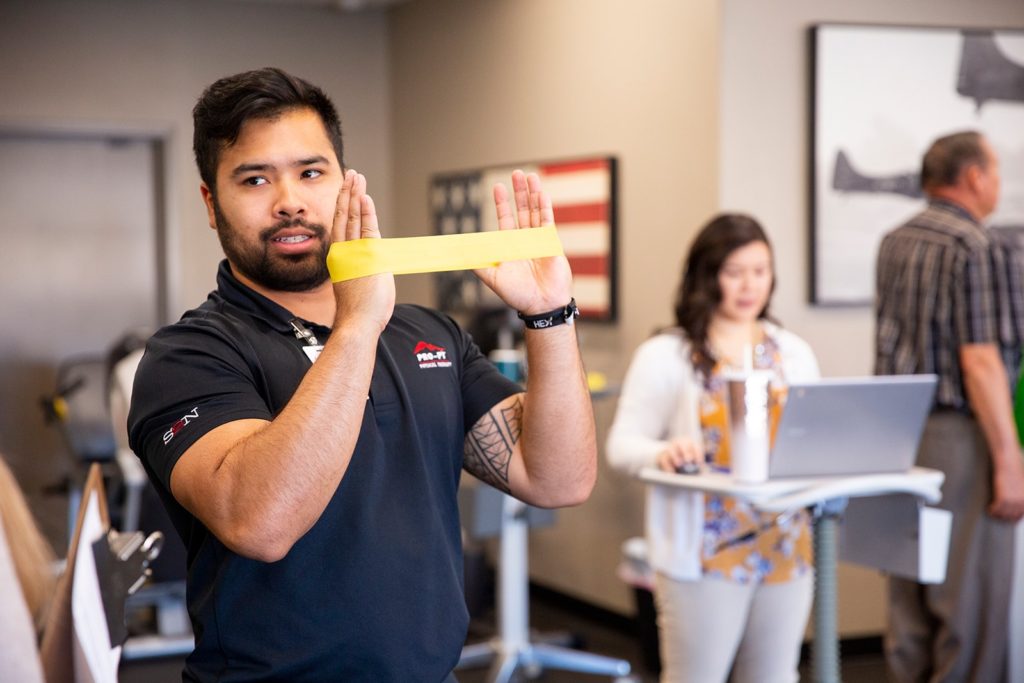Understanding How Sudden Injuries Alter Sporting Execution Dynamics
Wiki Article
Acute injuries are sudden injuries that can happen during athletic events or fitness activities. These injuries can significantly impact an athletic ability and overall health. Common examples of acute injuries include sprains, fractures, and strains. They occur rapidly and often result from accidents, such as tumbles, crashes, or incorrect movements. Understanding how these injuries influence sports performance dynamics is important for sportspeople, trainers, and medical providers who work with them.
When an athlete experiences an sudden injury, the immediate effects can be quite severe. Pain and inflammation are common symptoms that can restrict mobility and capability. For example, a hoops athlete who twists an ankle may find it difficult to move or jog. This constraint can lead to a decrease in performance, as players may struggle to perform at their usual level. Additionally, the mental effects of an injury can also play a role. Players might feel anxious or fearful about returning to their sport, which can additionally impact their performance.
Recovery from an sudden injury involves several stages, including rest, rehabilitation, and gradual re-entry to activity. The first emphasis is usually on controlling discomfort and inflammation. Health providers may advise ice, compression, and elevation to help with recovery. Once the acute phase has passed, rehabilitation exercises become crucial. These activities help regain power, elasticity, and extent of movement. Players need to adhere to a systematic recovery plan to make certain they come back to their activity without risk and efficiently.
The lasting effects of sudden traumas can differ. Some players may heal fully and come back to their former ability levels, while some may encounter ongoing challenges. Ongoing discomfort or fragility can emerge if an trauma is not adequately treated. This circumstance can lead to a pattern of recurring injuries or alternative injuries in other parts of the physique. It is crucial for athletes to be patient during the recovery process and to work closely with healthcare providers to address any remaining concerns.
In summary, sudden traumas can significantly alter physical therapy for postural issues how athletes perform in their sports. The immediate physical and psychological effects can hinder performance and confidence. Rehabilitation involves attentive handling and therapy to ensure that athletes can safely return to their activities. Comprehending the dynamics of sudden traumas can help all involved participating in sports—from athletes to coaches to healthcare professionals—assist those impacted and promote a safe return to athletic ability.
